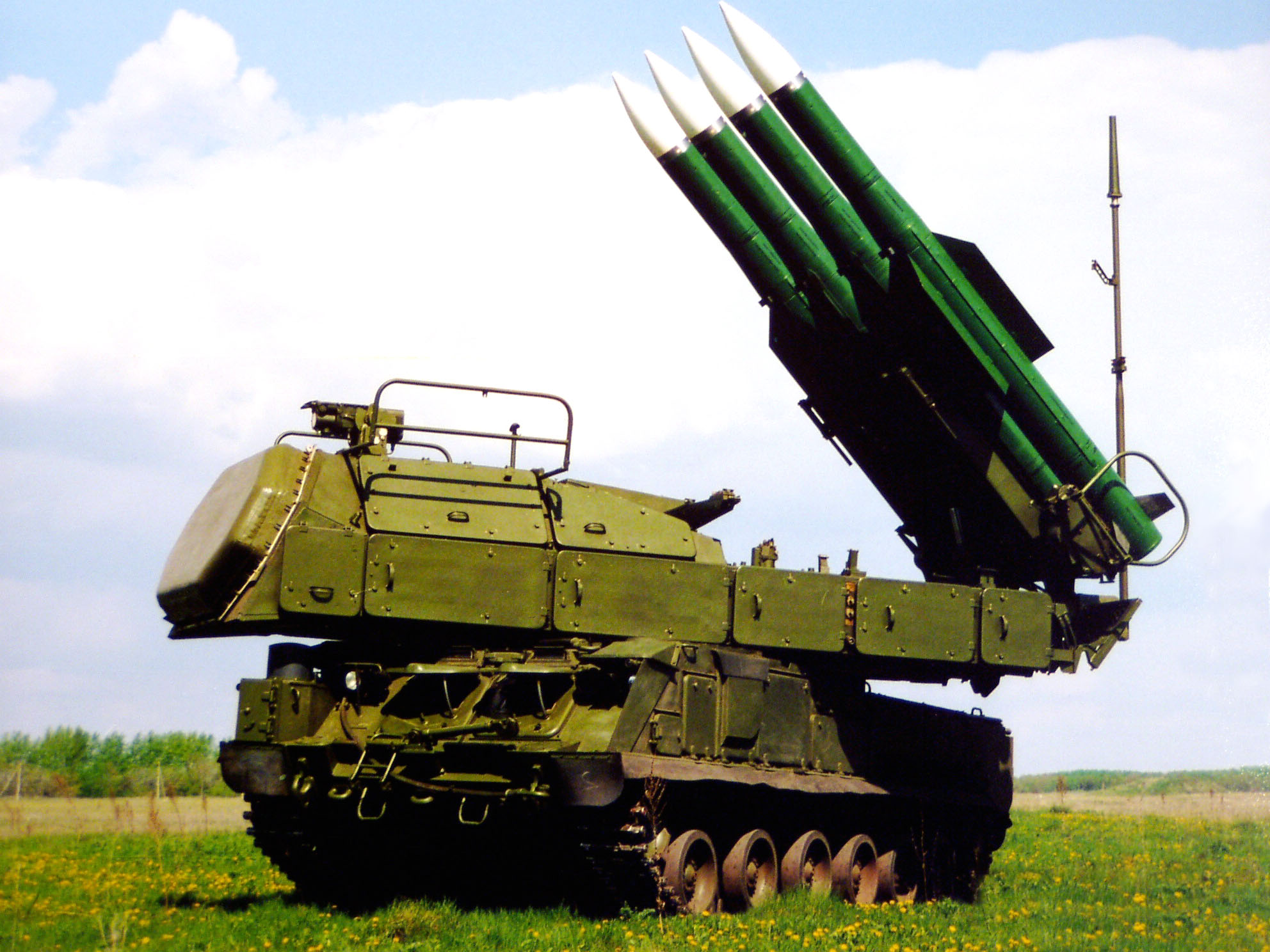For the first time there is evidence that flight MH-17 was taken down by a missile. This is proven by a forensic investigation into ammunition fragments from debris of the airplane, ordered by RTL News. International experts endorse the conclusion of this investigation: MH-17 has been taken down by a BUK missile.
Last year correspondent Jeroen Akkermans took with him some fragments of the murder weapon from the crash site in Ukraine for investigation. The material has been examined by an independent institute that has conducted a confidential investigation.
Investigation into the chemical composition showed that they are remains from a BUK missile, among which fragments from the warhead – the pay load. The fragment of the warhead consists of a low-quality alloy of steel common to this form of ammunition. It appears from electroscopic enlargements that a fragment shows a cast-on Cyrillic serial number from the Russian language next to a partly broken number 2.
Mr Akkermans found this fragment in November of last year in a part of the hull of MH-17 near the village of Grabova in Eastern Ukraine. He was in the war zone four months after the crash to find the truth about the death of the 298 passengers and crew of flight MH-17.


During impact the particles go through the hull and the interior of the plane with deadly speed. Specialist De Larrinaga recognises the deformation of the warhead fragment. “It is bent and folded in an exceptional way, which happens with objects that hit something at high speed. They bend into a mushroom shape.”

The fragment shows part of the serial number with a broken off 2 and a Cyrillic Ц from the Russian alphabet. The number and the letter are cast onto the fragment. (photo Jeroen Akkermans / RTL News)
Other metal particles can be attributed to the MH-17 Boeing. For example, here we see that white-hot metal particles have formed small craters in a part of the hull. Embedded deep within one of those craters there is residue of artificial insulation material, a type of rock wool that can withstand very high temperatures.
German rocket scientists Schmucker and Schiller endorse these conclusions. They have also calculated the trajectory of a BUK missile based on data which are publicly accessible and on their knowledge of missiles. Markus Schiller: “Only a BUK missile can travel the distance to the plane at such a high altitude in such a short time and inflict so much damage. The mathematics fit exactly if you match the data for a BUK missile to the MH-17 crash.”
His colleague Robert Schmucker: “It is consistent with the data from the hull fragments and the trajectory of the missile that a BUK missile brought down MH-17.”
 German rocket scientists Schmucker and Schiller. (photo Jeroen Akkermans / RTL News)
German rocket scientists Schmucker and Schiller. (photo Jeroen Akkermans / RTL News)






Comments